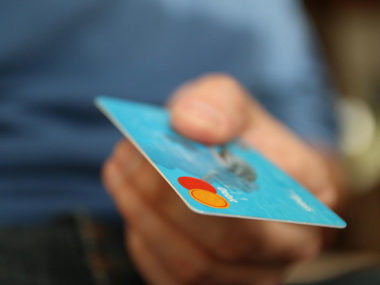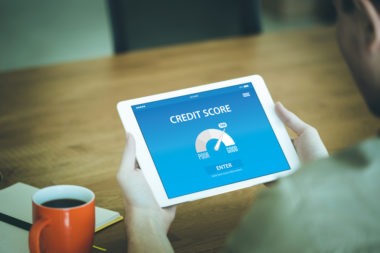When you’re trying to break down your credit score, it’s easy to get confused. There are so many variables that can affect your score!
Unfortunately (or fortunately, depending on your score), your credit debt can have a major effect on almost every large purchase you will be making in your life. Home loans, car loans, cell phone plans, and even retail-specific rewards programs can all be on the line if you have poor credit standing.
When it comes to wrangling in your credit score, how can you distinguish between the good (building) and the bad (damaging) credit? Here’s some guidance.
Good Credit
Unfortunately, the only way to get good credit is to build it. That’s right: to get a high score, you first have to take on debt. But not a lot of debt, just enough to start accruing interest so the credit bureaus will notice your standing.
Luckily, this can be as easy as using a credit card, waiting for a bill, and paying it on time. When you pay the total amount due on time, the credit card or loan company will report to the credit bureaus that you are a reliable creditor. You are willing to borrow money, and maybe pay a little extra back (through interest) in a timely manner.
Once you start building up your credit portfolio, there are some additional ways to accrue positive credit. Credit bureaus love to see that you have various forms of debt. If you have a car loan and a single credit card, think about opening up a second card or getting a home loan. Variety is the spice of life!
Although many might see debt as a negative, certain debt can stand out as especially positive to creditors. This is what is known as “investment debt,” which is normally associated with home loans or student loans. This debt not only takes longer to pay off, but it also accrues value for the banks. As backwards as that might seem, this debt can create a positive and long-lasting imprint on your financial standing.
Bad Credit
Bad (or negative) credit is certainly more common, and much easier to find. It can come in many forms: high interest rates, late payments, or even too many or too few accounts open and accruing interest.
The most common form of negative credit is created from delinquent accounts: when credit card holders cannot afford to pay the minimum payments on their accounts, and the credit bureau is notified. One or two occasional slip ups in payments might not hurt your standing, but months or years worth of late payments is a sure fire way to end up in the hole.
There is also such a thing as “bad debt,” which is characterized by high interest rates on loans that are losing value over time. For example, a car loan with a high interest rate would be considered bad debt. The car decreases in value the second you drive it off the lot, and the high interest rate might make the loan extend for a couple extra years longer than when it was expected to be paid off. Ten year loans suddenly become twelve year loans, and by the time it is paid off, your car is worth less than half of its original value.
Examples of bad credit are endless: buying clothes on high interest credit cards, taking a second mortgage on for your aging home, or even letting credit cards sit there with no debt on them whatsoever. That’s right! If you have no debt, the credit bureau thinks you aren’t willing to trust the banks, and thus won’t trust you!
Why Should You Care?
Good credit, bad credit: why does it even matter? Well, unfortunately for some — and fortunately for others — your standing with the bank can affect many different facets of your life.
Having bad credit means fewer chances to borrow money or open accounts. Everything from your cellphone line, your home loan, to your house utilities can be effected by your credit standing. Additionally, having bad credit can cost you a chance to rent an apartment or get a high paying job.
However, if you have a strong standing with the credit bureaus, you can have a plethora of opportunities open up for you. You might get approved for low-interest rate credit cards, or find yourself getting a better loan for a bigger house. Banks are willing to reward those that they trust, and you are sure to benefit if you can get on their good side.
If you’re struggling to keep your credit in the “green” then look into ways to repair your credit score. It might take some time, but it’s easier than you think, and could prove enormously beneficial.
Want more information on credit scores and how to take advantage of a high score? Visit our credit score learning center. Need help contacting the credit bureaus to dispute errors? Visit our letter template resource center.
Image source: https://pixabay.com




